Est. 2014 | USA Small Business
Body Armor Forums
RSS-
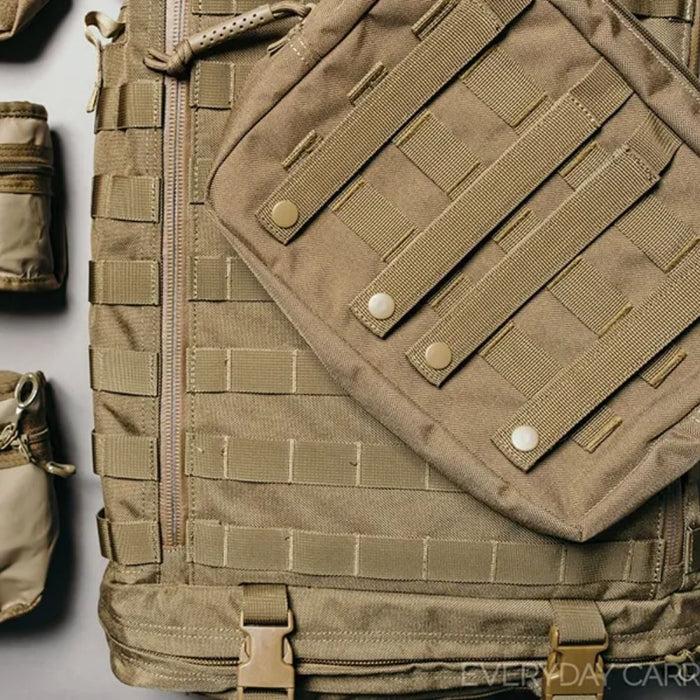
What is MOLLE?
Read nowExploring MOLLE: A Comprehensive Guide For individuals steeped in the world of tactical gear and those who wander the great outdoors, MOLLE (Modular Lightweight Load-carrying Equipment) is more than just an acronym; it's a philosophy of adaptable preparedness. This tactical...
-

STOP! Level 3 and 4 Bulletproof Helmets are SCAMS
Read nowShopping for a ballistic helmet? Read this first! What we will cover: Level III helmets - legit or not? Are Level 3 and 4 helmets safe? Is it worth getting helmet accessories for a Level 3 helmet? What to look...
-
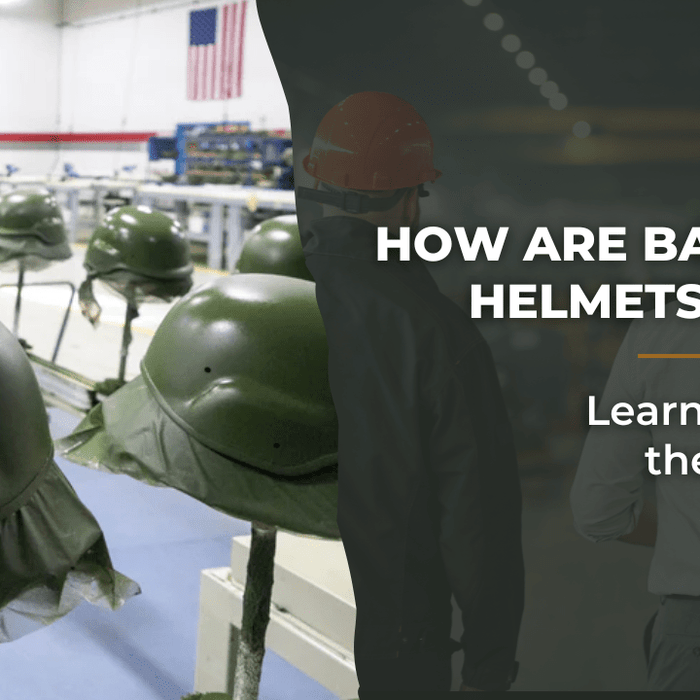
How It Is Made: Making Ballistic Helmets
Read nowWhat we will cover: 10 Facts about making and manufacturing ballistic helmets. How to make a bulletproof helmet? What are bulletproof helmets made of? Kevlar helmets compared to UHMWPE helmets. Measuring ballistic helmet performance. How Atomic Defense can help. From...
-
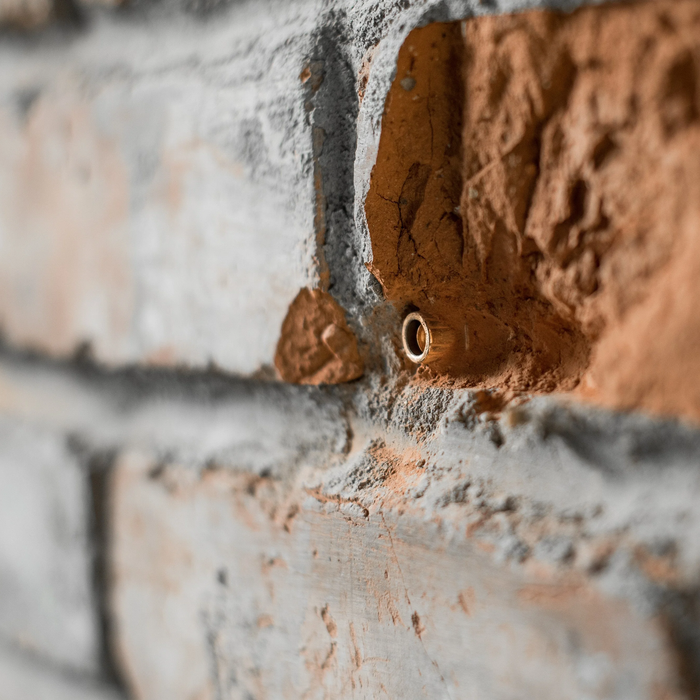
Can Bullets Go Through Brick? Bullets VS Brick Walls
Read nowIn the unfortunate event of an armed burglar or active shooter situation, it is important to know which objects and materials can protect you from harm. Wrongfully hiding behind something could be fatal. Even so, fleeing to a safer location...
-
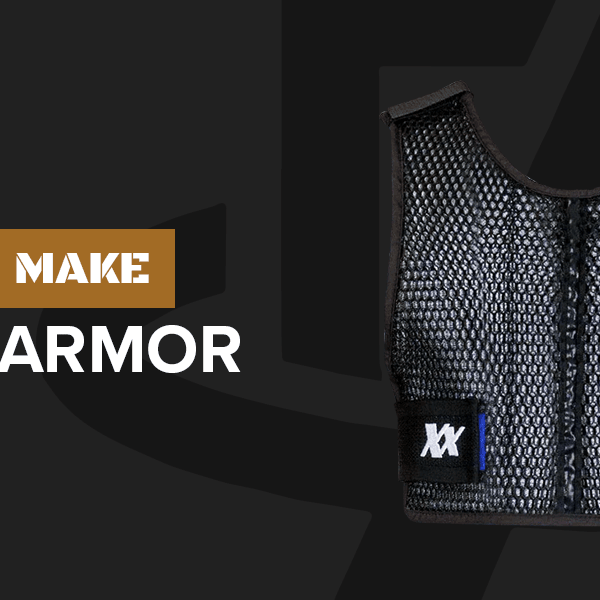
How to Make Body Armor (And Why You Shouldn't)
Read nowDIY bulletproof vests and armor plates may sound like a good money saver or fun project when you have some time on your hands. But there are several reasons to avoid making your own body armor and opt for professionally...
-

Common Lies Body Armor Companies Will Tell You
Read nowTrue or false: All levels of bulletproof backpacks stop AR-15s and AK-47s. Bulletproof backpacks have different levels of protection, and lower levels do not stop AR-15s and large rifles. Many body armor companies use deceptive strategies like this to entice...
-
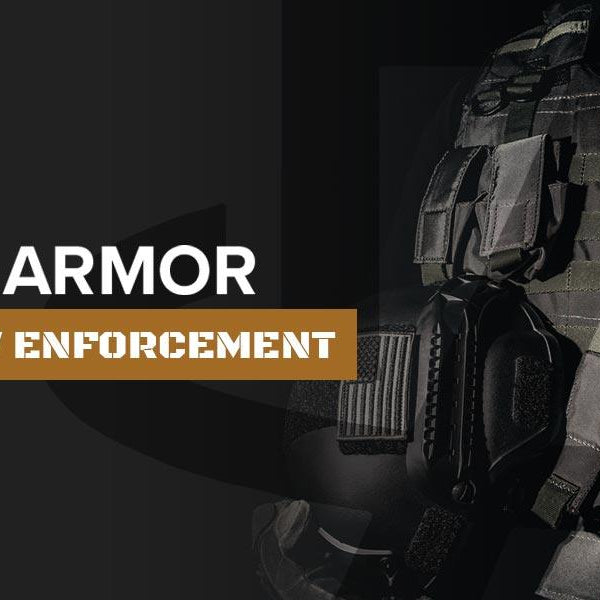
Body Armor for Law Enforcement
Read nowBulletproof vests for police officers are an essential precaution, as well as plates, carriers, and other equipment depending on your field and responsibilities. Read on for some of the best body armor for law enforcement and how to choose the right armor and armor levels...
-
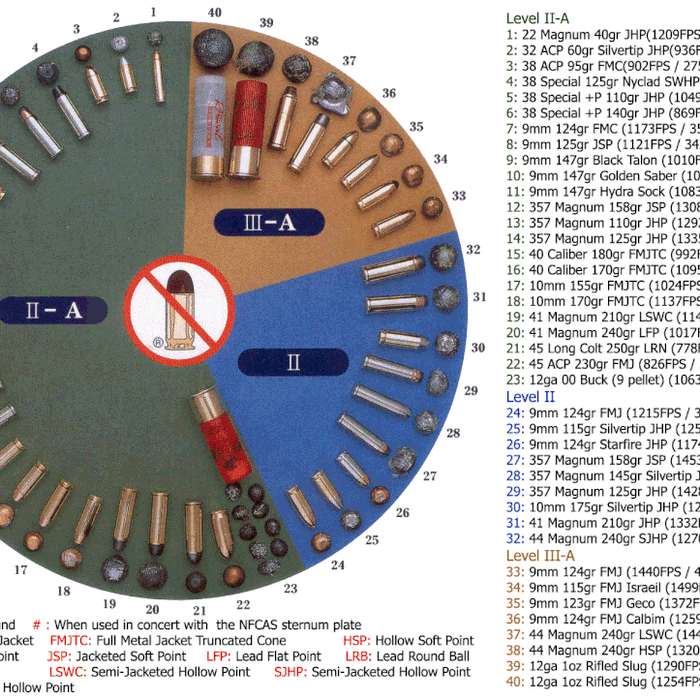
Body Armor Levels | Ratings Compared
Read nowNIJ Level Comparison of Body Armor Different weapons pose different levels of threat. As such, different body armor products offer different levels of ballistic or knife stab protection. The U.S. National Institute of Justice (NIJ) created the standards to measure protection...
-

Common Items That Are and Are Not Bulletproof
Read nowPop quiz time! What can stop a bullet? Drywall A door An engine block A couch Car door Correct answer: an engine block! A car’s engine block has been accepted as a good place to cover yourself from bullets....



























